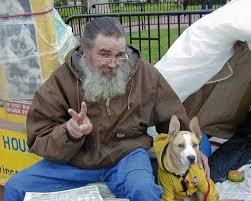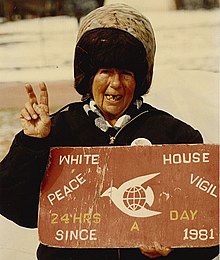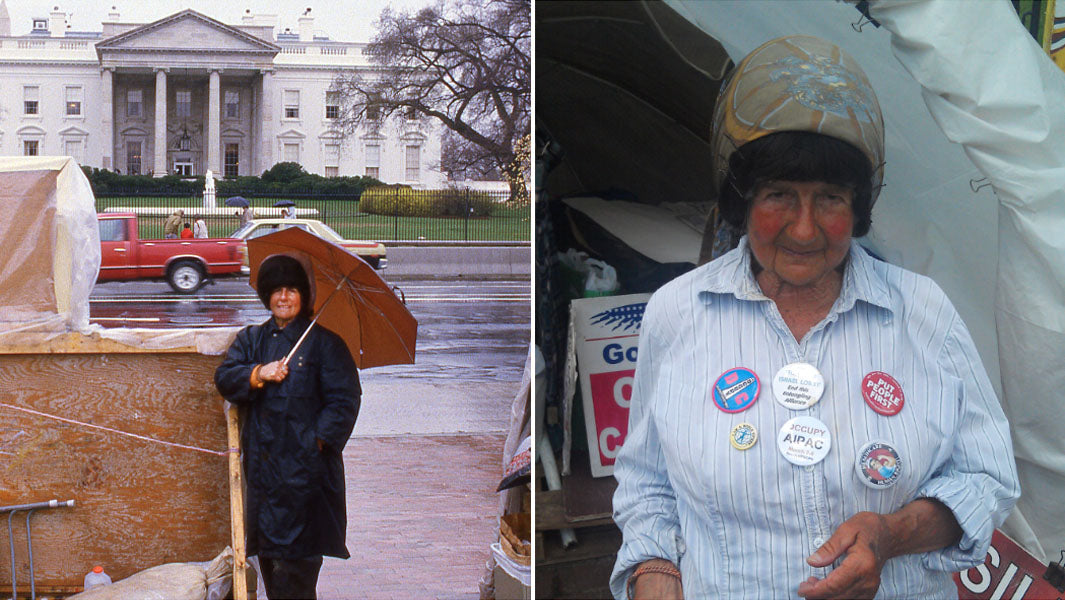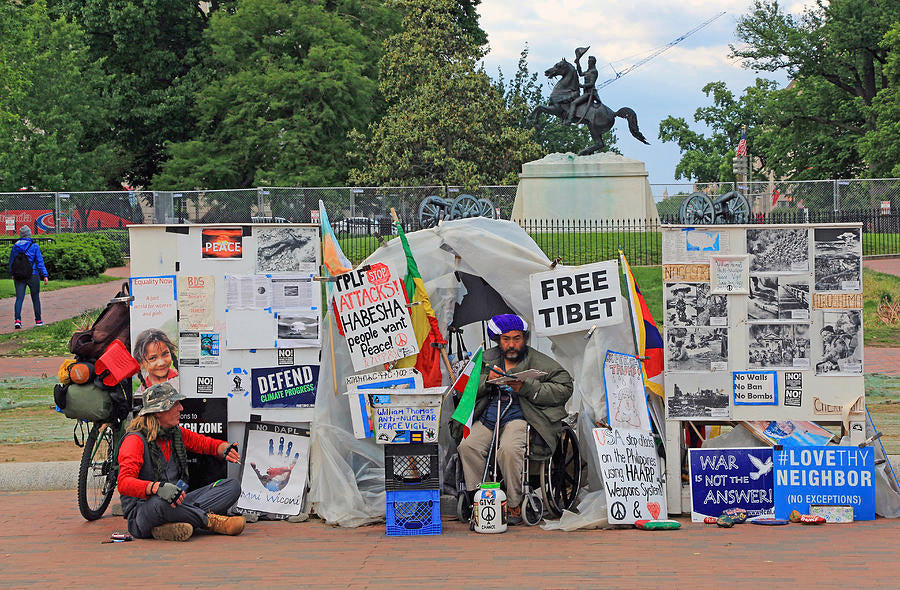The Inception
The White House Peace Vigil, initiated on June 3, 1981, by activist William Thomas, stands as the longest-running uninterrupted anti-war protest in U.S. history. Positioned in Lafayette Square directly opposite the White House, the vigil was established to raise awareness about the dangers of nuclear weapons and advocate for global disarmament.
In August 1981, Concepción "Connie" Picciotto, a Spanish immigrant who moved to the United States in 1960, joined Thomas in his protest. Picciotto maintained her vigil for over 34 years, from August 1, 1981, until her death on January 25, 2016, marking the longest peace vigil by an individual in history. Ellen Benjamin became part of the vigil in April 1984 and married Thomas in a Quaker ceremony on May 6, 1984.
Throughout its history, the vigil faced numerous challenges, including arrests and legal battles. During the first three years, Thomas was arrested sixteen times on charges ranging from illegal camping to disorderly conduct. Despite these obstacles, the vigil persisted, with activists maintaining a continuous presence, even during events like Hurricane Sandy in 2012.
The dedication of Thomas and Picciotto inspired legislative efforts, notably influencing Delegate Eleanor Holmes Norton to introduce the Nuclear Disarmament and Economic Conversion Act in 1994. This bill aimed to require the United States to dismantle its nuclear arsenal contingent upon other nuclear nations doing the same, redirecting the funds toward renewable energy and social programs.
The vigil's impact extended into media representations as well. The 2012 documentary "The Oracles of Pennsylvania Avenue," commissioned by the Al Jazeera Documentary Channel, chronicles the lives and activism of Thomas, Picciotto, and fellow protester Norman Mayer.
Even after the deaths of its founders—Thomas in 2009 and Picciotto in 2016—the White House Peace Vigil continued, upheld by dedicated volunteers committed to its message of peace and nuclear disarmament.




